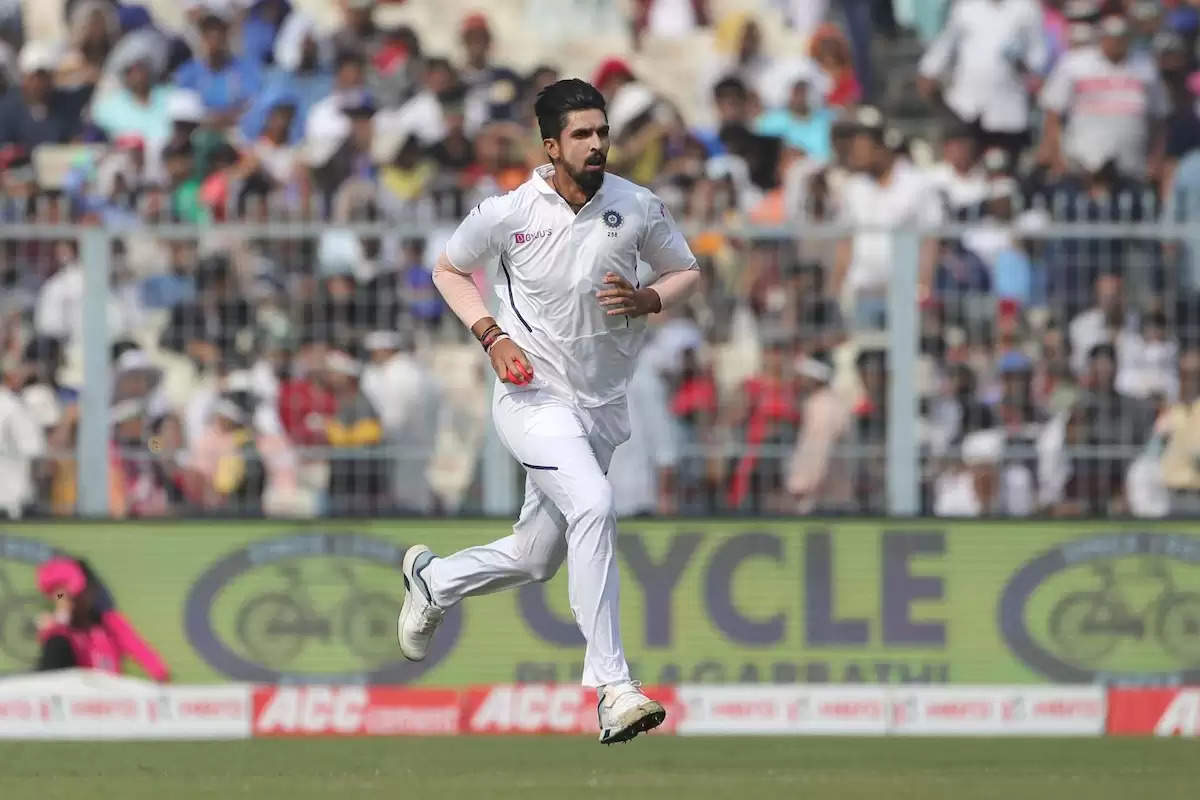It shouldn’t be Siraj versus Ishant but Siraj versus Shami for India’s WTC final

Following are Ishant Sharma’s collective numbers from his last two Test tours to England: 32 wickets from 8 Tests at an average of 25.56. The corresponding numbers for Mohammad Shami from the 2014 and 2018 series pale in comparison: 21 wickets from 8 Tests at a massively disappointing 47.04 per scalp.
Yet, the moment BCCI’s senior men’s selection panel announced India’s squad for the World Test Championship final versus New Zealand and also the five-Test series versus England on Friday (May 7), it was not Shami but Ishant that the wider fanbase on social media felt could lose out on his place to the in-form Mohammed Siraj.

Not just the fans, prominent voices in the cricket fraternity believe Siraj’s emergence and promise pose a threat to Ishant and not Shami as a potential new entrant into India’s first-choice Test attack for foreign conditions.
So, for the WTC final: Rohit, Gill/Mayank (based on form), Pujara, Kohli, Rahane, Pant, Jadeja, Ashwin, Siraj/Ishant, Shami, Bumrah.
— Harsha Bhogle (@bhogleharsha) May 7, 2021
Despite the best of efforts to keep such tendencies at bay, it’s amazing how much recency bias influences our choices. And it’s not just the casual fans, even the people sitting as experts in commentary boxes and popular TV shows aren’t immune from this disease. What else would make such people believe Mohammad Shami is more secured of his place going into an English summer than Ishant Sharma?

In a career of two halves, Ishant has been a bowler much transformed in the last 4-5 years, where he has strengthened his basics and has upskilled his game to become a more rounded threat to the opposition.
Ishant 2.0 has significantly lesser poor balls through his spells and is even more potent with his good ones. He is not anymore the hit-the-deck workhorse of his attack, but a robust spearhead whose success hasn’t been limited to certain conditions. Ishant 2.0 has thrived nearly everywhere. And thus, he is an automatic entry into that Indian playing XI the moment he is fit.
Since the end of the 2014-15 tour of AUS, Ishant Sharma has been magnificent for India, with 95 wickets at 25.07. In only one country – India (36.33 vs non-BAN opposition) – has Ishant avg > 30 since. AUS (23.81), ENG (24.27), SA (18.75), SL (23.23), WI (20.63), NZ (15.20).
— KASHISH (@crickashish217) May 8, 2020
Compare Ishant’s flexibility with that of Shami and you’ll observe a no-contest. This writer has previously also written on how Shami’s rigid ways have held him back in overseas conditions, especially in the decisive first half of Test matches. Conventional numbers these maybe, but they do tell much of the Shami story as, though he has been tremendous on Indian tracks, the skiddy right-arm quick hasn’t found that kind of success on true nature surfaces on foreign shores.
It shouldn’t be Siraj versus Ishant but Siraj versus Shami for India’s WTC final
It seems there are two Mohammad Shamis – the one that lives in perceptions with anyone seldom questioning whether he is doing enough and the other who has struggled to be a regular wicket-taking threat in reality in overseas conditions.
During the 2018 series in England, in conditions that couldn’t be more suited to pacers, Shami ended the five-match series with an average of 38.87. He was especially poor in the first-innings – where most Test matches are decided – averaging 37.66 for just 9 wickets while conceding 3.36 runs per over.
When overseas tracks deteriorate to a degree by the second half and start suiting Shami’s style of Indian fast-bowling, he gets into games and adds scalps to his kitty. But those wickets only help him improve his numbers, they don’t help India’s cause as he is found wanting from an end in the much more significant first half.
And yet, for much of the Indian fanbase, Shami is a world-class fast-bowler, who is seldom questioned and hardly ever criticised, someone who is more of a lock in the Indian Test playing XI than even Ishant.
In his short little career, in terms of pure skill, Siraj has shown greater strings to his bow than Shami. Despite his unorthodox, slightly slingy action, Siraj has looked in ‘control’ playing Test cricket against batsmen of highest quality.
Siraj gets the ball to swing from different angles at the crease and it to seam off unique spots on the surface, which helped him conquer the Australian challenge away and also dislodge the English batters at home.
With Jasprit Bumrah a definite lock and Bhuvneshwar Kumar also unavailable, you wonder then why it is Siraj versus Ishant heading into the WTC final and not Siraj versus Shami for the role of the third paceman against New Zealand?

